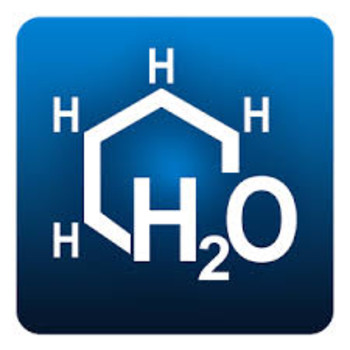Question #94034
2 Answers
The mass of potassium chlorate = 34.8 g
Explanation:
According to the Ideal Gas equation,
According to the balanced equation
3 mol of
0.4262 mol of
Therefore
The reaction requires 34.8 g of
Explanation:
There are four steps involved in this problem:
- Write the balanced equation for the reaction.
- Use the Ideal Gas Law to calculate the moles of
#"O"_2# . - Use the molar ratio of
#"KClO"_3:"O"_2# from the balanced equation to calculate the moles of#"KClO"_3# . - Use the molar mass of
#"KClO"_3# to calculate the mass of#"KClO"_3# .
Let's get started.
Step 1. Write the balanced chemical equation.
Step 2. Calculate the moles of
The Ideal Gas Law is
#color(blue)(bar(ul(|color(white)(a/a)PV = nRTcolor(white)(a/a)|)))" "#
We can rearrange the Ideal Gas Law to get:
3. Calculate the moles of
4. Calculate the mass of


